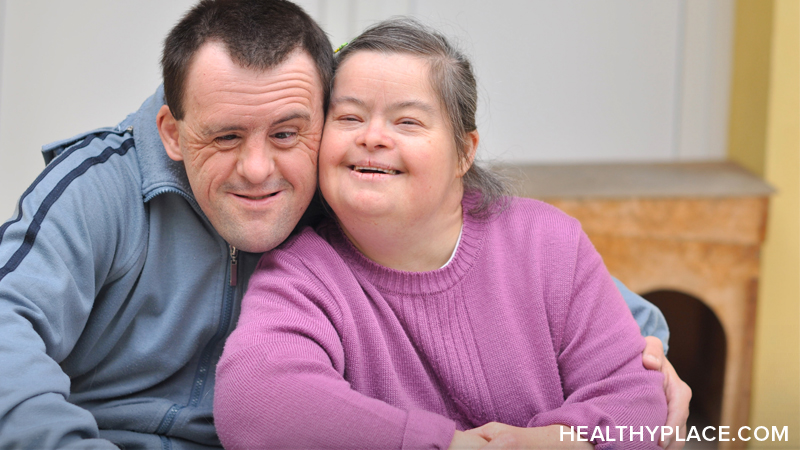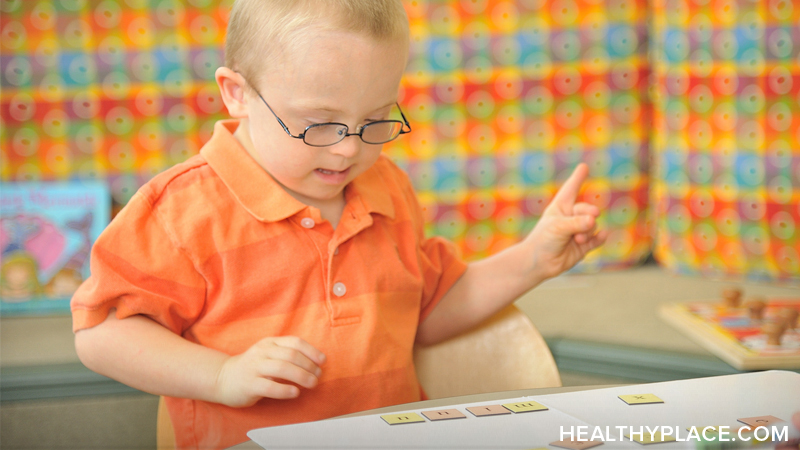Intellectual Disability: Causes and Characteristics

Intellectual disability causes children with the condition to take longer than typical children to sit, crawl, walk, speak, and take care of their personal needs. They have trouble learning at the same rate as other kids in school. Impaired children experience considerable challenges in two primary areas: intellectual functioning and adaptive behavior.
Adaptive behavior involves the use of everyday life skills. Researchers have discovered hundreds of causes of intellectual disabilities, but for about one-third of affected people, the cause remains a mystery.
What Are the Causes of Intellectual Disabilities?
Experts have pinpointed three major causes of intellectual disabilities. These causes include:
- Down syndrome
- Fetal alcohol spectrum disorder (FASD)
- Fragile X syndrome
Mental health professionals and doctors categorize these intellectual impairments and the causes of intellectual disabilities in these ways:
- Genetic conditions – intellectual disabilities caused by genetics come from abnormal genes. Parents may pass these abnormal genes on to children or errors could arise when genes combine in the womb that causes intellectual disabilities. Abnormal genes can occur from infections during pregnancy or from things like overexposure to radiation from X-rays. The intellectual disabilities associated with several genetic diseases, such as:
- Phenylketonuria (PKU) – a genetic disorder caused by a missing or defective enzyme. Children with PKU cannot process a protein known as phenylalanine. Without proper care and treatment, phenylalanine builds up in the blood causing intellectual disability.
- Down syndrome – a chromosomal disorder. These types of disorders occur randomly; too many or too few chromosomes cause these conditions. Sometimes a change in the structure of a chromosome can cause these disorders.
- Fragile X syndrome – a gene disorder located on the X chromosome. Fragile X syndrome represents one of the leading causes of intellectual disability.
- Pregnancy issues – pregnant mothers who use alcohol or drugs during pregnancy put their developing babies at risk for intellectual disability. In fact, one of the best ways to decrease the risk of intellectual disabilities involves completely avoiding alcohol during pregnancy. Smoking during pregnancy can also increase the risk that a baby will have an intellectual disability. Other risk factors during pregnancy include:
- Malnutrition
- Environmental toxins (i.e. mercury, lead)
- Infections of the mother
- Toxoplasmosis
- Cytomegalovirus
- Rubella
- Syphillis
- Issues during birth – premature birth and low birth weight represent risk factors and often indicate more serious problems to come. Sometimes oxygen deprivation or other injuries occur during the birthing process and subsequently causes intellectual disabilities.
- Problems after birth – sometimes childhood diseases can damage the brain causing characteristics of intellectual disabilities. Further, injuries like a head injury or near drowning can cause a child to develop intellectual disability symptoms.
- Poverty and cultural factors – children who live in poverty have a much higher risk of exposure to environmental toxins, diseases and experiencing malnutrition. These things all increase the risk that a child may develop characteristics of intellectual disabilities. Also, those living in poverty may miss out on important cultural and educational experiences available to other kids.
Characteristics of Intellectual Disabilities
The common characteristics of intellectual disabilities: difficulty learning and processing information; problems with abstract thought; and problems with social interactions occur at varying levels unique to each individual. (Learn about the differences between mild, moderate and severe intellectual disability) Intellectual impairment involves problems with mental abilities that affect day-to-day functioning in three areas:
- Conceptual – includes problems with skill in language, reading, writing, mathematics, reasoning, memory, knowledge retention
- Social - refers to issues with empathy, judgment, communication, making and keeping friends, and other social functions
- Practical – focuses on problems with self-care, such as personal hygiene, job duties, personal finance, organization
It's critical that parents who suspect their child may have an intellectual impairment seek counseling and help from qualified mental health and medical professionals.
APA Reference
Gluck, S.
(2022, January 10). Intellectual Disability: Causes and Characteristics, HealthyPlace. Retrieved
on 2025, November 8 from https://www.healthyplace.com/neurodevelopmental-disorders/intellectual-disability/intellectual-disability-causes-and-characteristics








